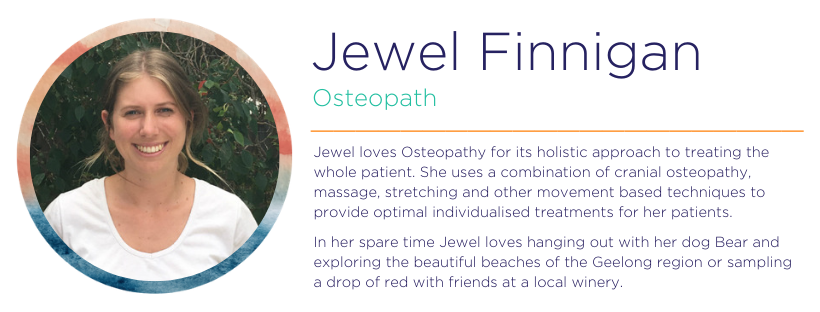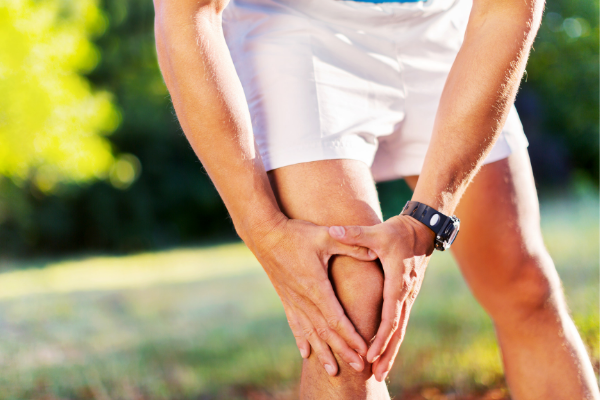3.5 million Australians are affected by arthritis, that’s 1 in every 7 people in Australia! This means that you properly know someone who has some form of arthritis. It might even be you. Arthritis causes inflammation of your joints and can often lead to pain, stiffness, swelling and redness of joints. In our experience, we have found that our patients with arthritis experience increased stiffness and pain during those dreaded winter months.
What is arthritis?
A common form of arthritis we see in our clinic is Osteoarthritis (OA). This is where the thin cartilage that covers the surfaces of your joint/s becomes brittle and starts to break down. With the surface of the joint is no longer smooth, the joint becomes stiff and painful to move. Our bodies try to repair the cartilage by laying down more bone (known as bone spurs) which sometimes causes pain and restriction in movement. According to the World Health Organization, worldwide, 9.6% of men and 18% of women over the age of 60 years have symptomatic OA. 80% of those with OA will have restrictions in movement and 25% cannot perform their major daily activities of life.
What are the symptoms of arthritis?
The symptoms of OA can vary between individuals but commonly include:
- Joint Stiffness
- Joint Swelling (Inflammation)
- Grinding, rubbing or crunching sensation
- Joint Pain
- Muscle weakness
What causes arthritis?
It tends to affect people over the age of 45, but young people can be affected too. Being overweight or obese increases your chances of developing osteoarthritis and if you have had a significant injury to a joint or have a family history.
How can I ease the symptoms of arthritis?
Sadly, there is no cure for arthritis as it is a progressive condition. However, this doesn’t mean you have to live in pain! Working with your healthcare team, which may include your Doctor, osteopath, an occupational therapist or others to work together to provide you with a combination of treatment options.
Exercise can be a very beneficial way of helping reduce some of the symptoms of OA. Exercises that take your joints through their range of motion will help keep your joints flexible. Strengthening the muscles surrounding the joint will also help support the joint as stronger muscles will be able to take more loading when we use that joint, rather than the joint taking all the load. The osteopaths at WBHW can help advise you on exercise and offer stretching and strengthening exercises to help manage your pain.
If you are overweight and suffer from arthritis, weight loss can also help take the load off your weight-bearing joints such as the lower spine, hips and knees and ankles. A dietician may be helpful in advising you on this.
In acute flare-ups of your joint/s pain relief, using medicines such as paracetamol or nonsteroidal anti-inflammatory drugs (NSAIDs) may be needed. Occasional use of devices such as braces, walking sticks, and insoles may also help. In some severe cases, joint replacement surgery, if your symptoms are no longer controlled with other modalities may be necessary.
Our top tips for beating arthritis this winter:
Someone in your healthcare team may have mentioned the importance of exercise in managing your arthritis and all the wonderful benefits like increased strength, flexibility, improved range of motion, circulation, and overall health. But how are you meant to exercise when it so bloody cold outside! Well, trust us when we know it can be hard to find the motivation to get moving in those cold winter months. So here are our top tips for surviving winter.
- Swimming in a heated pool. This is a great activity for people with arthritis as there is no impact or weight going through your joints. The warm water is a great way to relax muscle tension too.
- Find an exercise buddy. It always easy to exercise when you’re doing it with a friend or family member. It’s a lot harder to avoid exercise when you know you have someone else relying on you to show up!
- Try doing some low-impact exercises that are taken indoors such as yoga or tai chi.
- Keep warm by have a hot shower or warm bath after you exercise. You might even like the try using some magnesium salts to help reduce muscle tension in and around those achey joints.
- Try out some anti-inflammatory recipes like these.
We hope that this winter won’t be as scary as your last one! If you have any questions in regards to how to manage your arthritis all year round, give us a call.
About the author:

